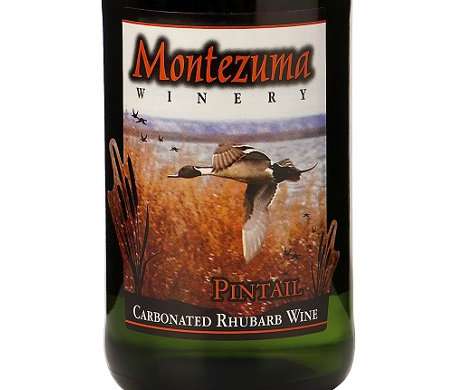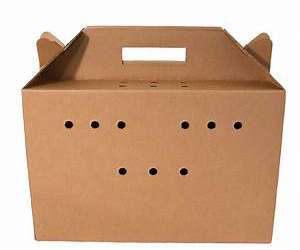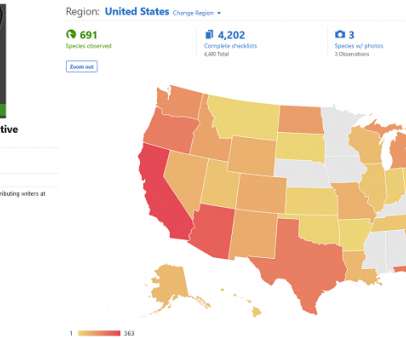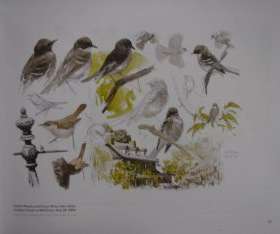Montezuma Winery: Carbonated Rhubarb Wine
10,000 Birds
AUGUST 13, 2021
“This beautiful and singular bird, although a constant resident in the southern extremities of the peninsula of Florida, seldom extends its journeys in an eastern direction beyond the State of North Carolina. Not surprisingly, all the bottles I found there were adorned with expected birds for Central New York.













Let's personalize your content